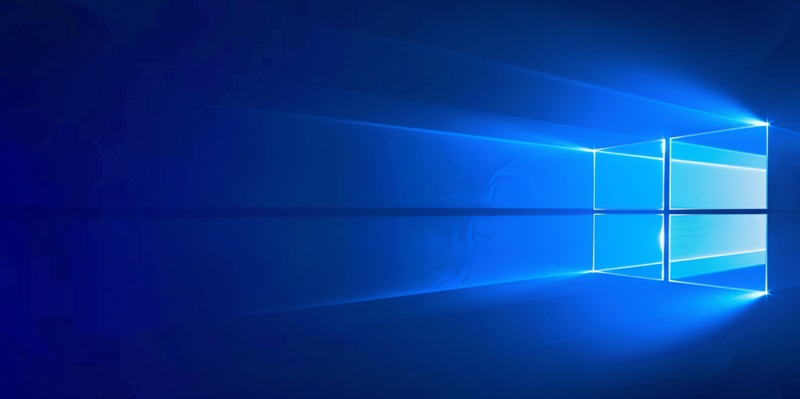In March 2024, the IT world experienced significant disruption when updates KB5035855 and KB5035857 for Windows Server 2016 and 2022, intended for enhancement, led instead to system crashes and domain controller issues. The root cause was identified as a memory leak in LSASS, a core component for network authentication. Curiously, Windows Server 2019 remained unaffected, fueling extensive speculation about the differences in software frameworks that might have contributed to this selective impact. The incident served as a critical learning point for IT professionals and highlighted the unforeseen complexities of system updates. The tech industry has been dissecting the event, endeavoring to prevent such occurrences in the future and to understand why Windows Server 2019 was spared from the turmoil.
Understanding the Impact
The LSASS memory leak issue led to significant server instability, with systems consuming excessive memory until they became non-operational. IT departments worldwide faced the herculean task of troubleshooting these sudden crashes, often requiring system restarts at inopportune times, leading to losses in productivity and potential data corruption. The stability of business operations was compromised, leading many to question the reliability of their IT infrastructure and the efficacy of their disaster recovery strategies. The fallout from the disruption was a stark reminder of the importance of robust IT systems in an age where digital dependence is ubiquitous.
Moreover, the problems didn’t stop at mere operational inconvenience. Security concerns were magnified as the reliability of the directory services came into question. The malfunctioning of domain controllers meant that user authentication and access controls were at risk, sparking fears of potential exploitations and raising concerns about vulnerability during the period before the issues could be identified and rectified. The Windows Server update debacle highlighted the delicate balance between maintaining operational continuity and ensuring system security.
Industry Responses and Solutions
In reaction to the severe update issue, Microsoft swiftly initiated an investigation and worked to patch the vulnerabilities. Simultaneously, the IT community on forums like Reddit played a vital role in sharing quick fixes, helping to ease the situation for businesses globally. Microsoft also acted promptly, advising on how to revert updates and issuing corrective patches.
This situation underscored the critical need for robust patch management and comprehensive pre-deployment testing within IT. The incident prompted IT professionals to rethink their update policies, leading to a push for more stringent testing protocols and better planned rollback strategies. This episode has been a call to action for the industry, highlighting the necessity for improved practices in update rollouts and reinforcing the value of collaborative problem-solving within the tech community.

